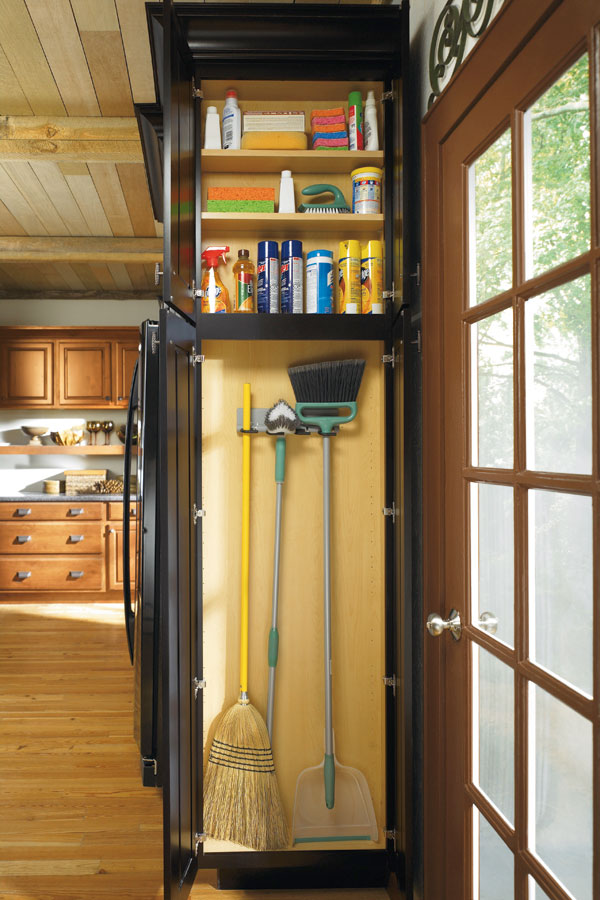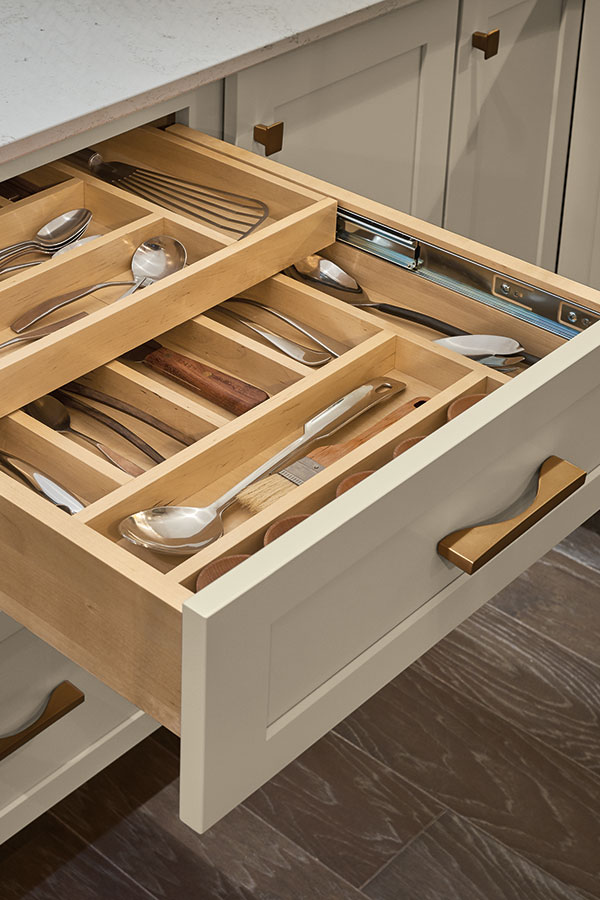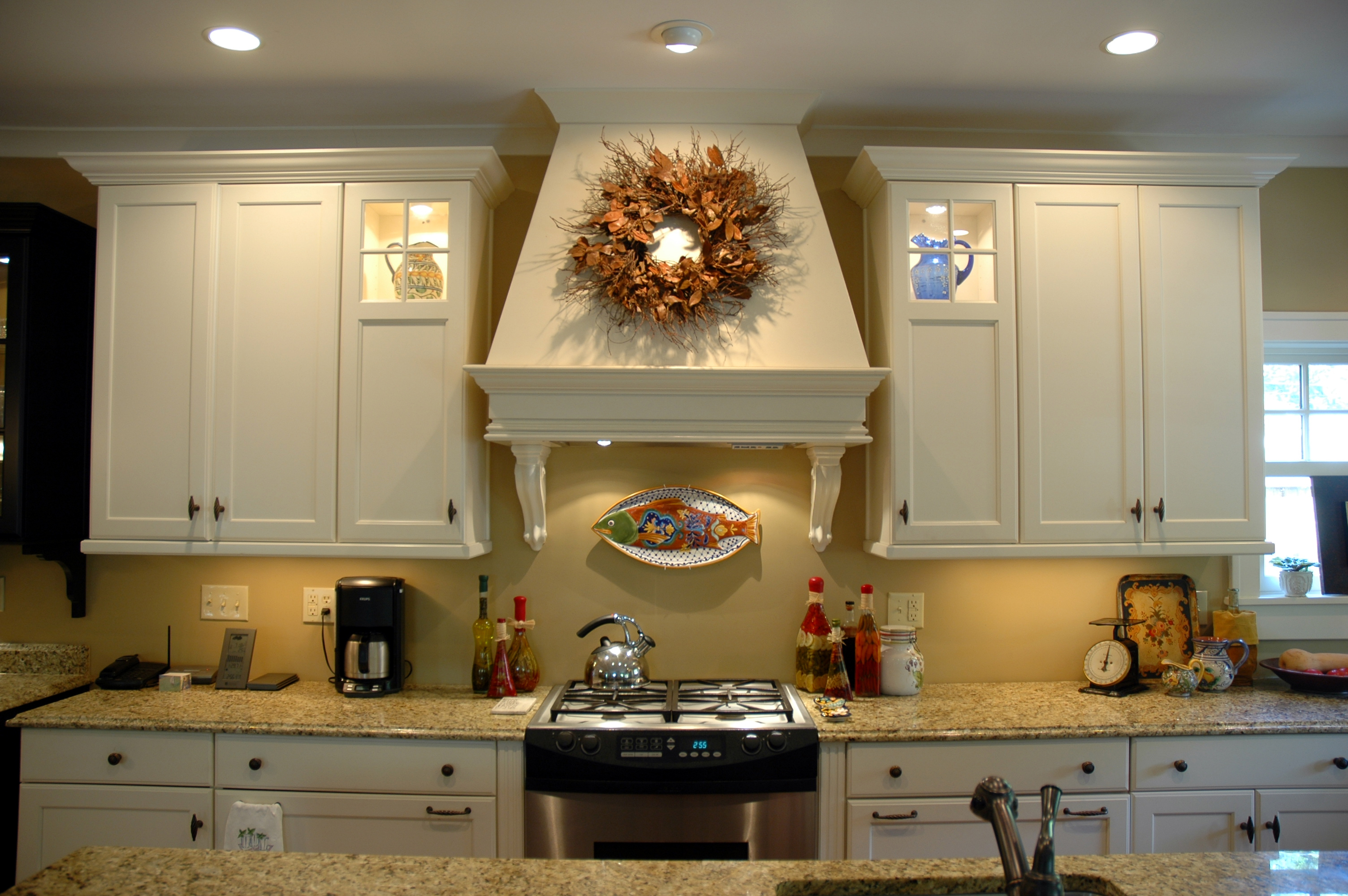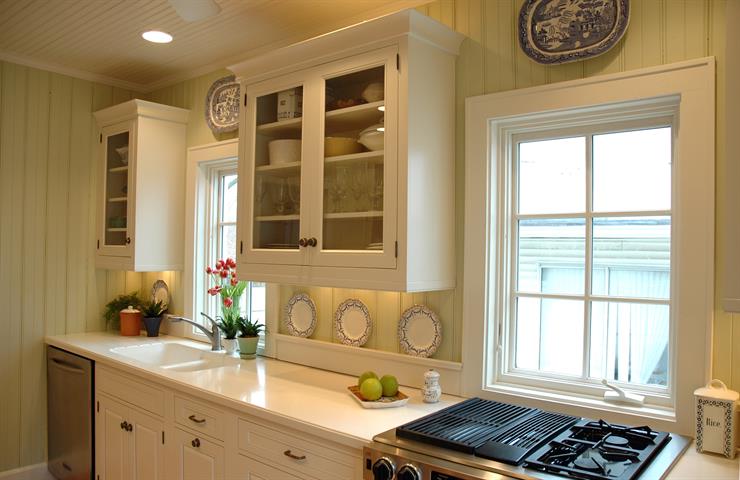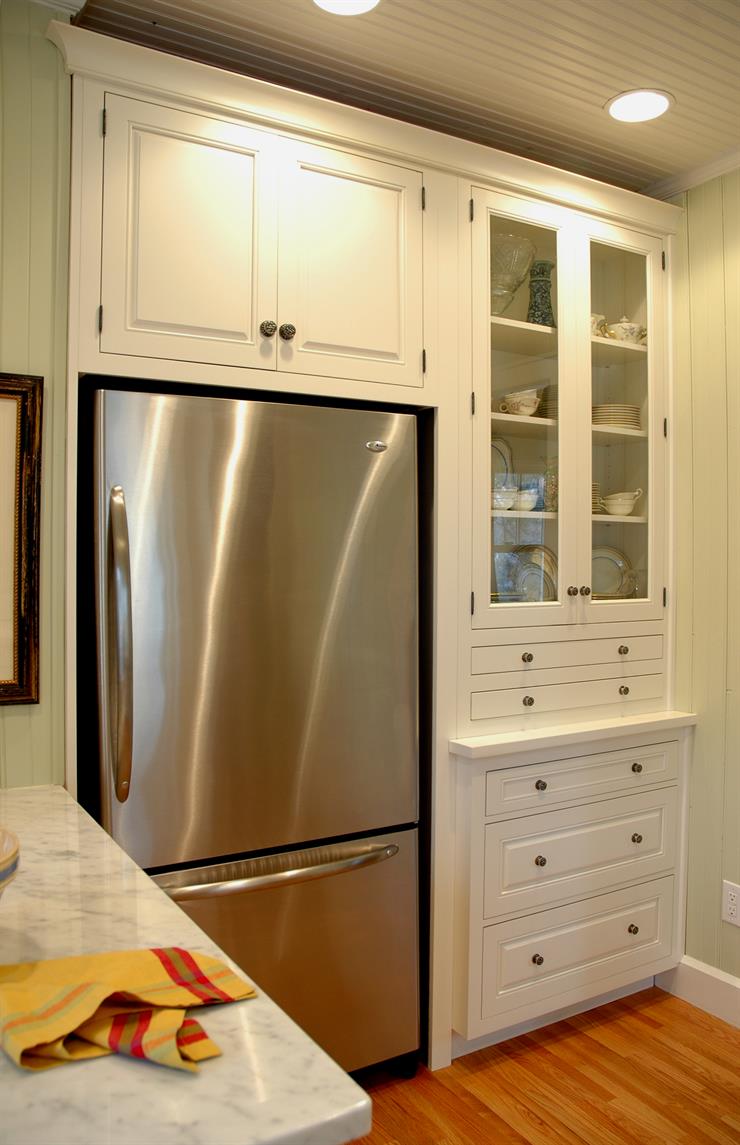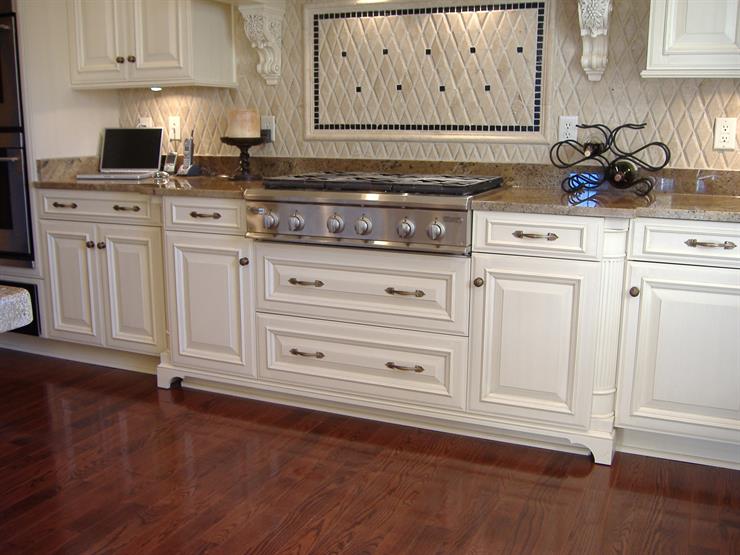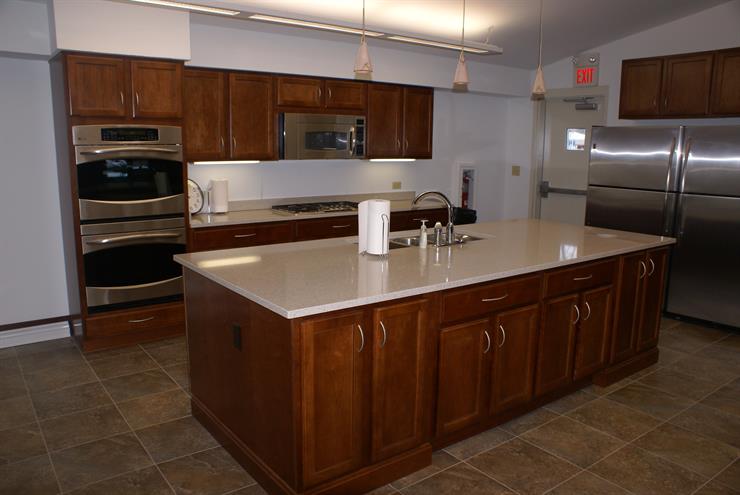If you have looked even casually at kitchen cabinets, you already know that there are more than a few options available to you in everything from style to color. Another option to consider is the choice between Inset, Full, or Partial Overlay cabinet doors.
Inset Cabinet Doors are set into the cabinet frame and fit flush with the face of the cabinet when closed. Since the door is flat with the rest of the cabinet, a door pull or knob is needed to open the cabinet. With this type of door, the hinges can either be concealed or exposed. Inset cabinets are desired by many for their smooth, clean appearance, but there is a price to be paid for the look and quality of inset doors. That price is between 15-30% more than overlay doors. Beyond the increase in price, there are a couple of other things to keep in mind with these doors. Cabinets with inset doors provide the smallest amount of storage space, making the storage of large items sometimes difficult. Also, the expansion of wood caused by high levels of humidity can sometimes cause rubbing to occur between the door and the frame. A couple of examples of inset cabinetry are below.
Full Overlay Doors give a similar appearance to that of inset doors without the higher cost. They completely cover the cabinet face, providing the flat cabinet front so desired in inset cabinets. Since they are not set inside the cabinet frame, full overlay provides the greatest amount of storage with ample room for items such as pots and pans. Double doors in full overlay style come without the vertical stile on the face frame which allows for even better storage capacity and easier access of stored items. With only 1/4th of an inch between cabinet doors, pulls or knobs are needed. Here are pictures of full overlay cabinet doors.
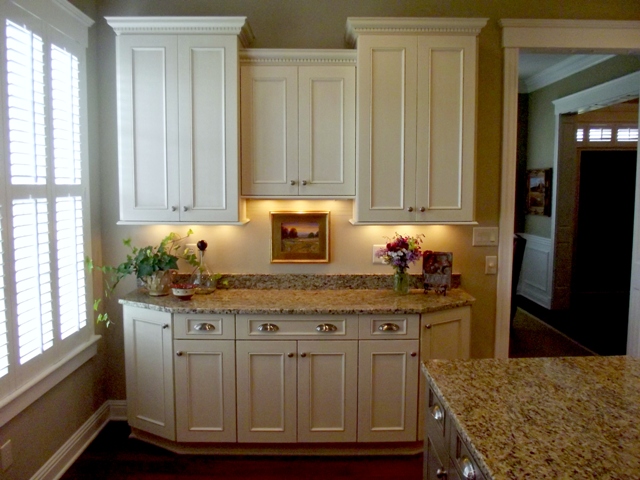
Partial or Traditional Overlay Cabinets are the most common and least expensive option for your kitchen. The door sits on the cabinet face, leaving a “gap” of usually 1-1 ¼ inch between the doors, allowing the face frame of the cabinet to be seen. No hardware is required with these cabinet doors as there is finger space on the sides of the doors in which to open them. Though a more traditional look, cabinets with partial overlay doors are still a popular choice and a good option for many kitchens, especially if cost is a factor. Below is a church kitchen that utilized Partial Overlay doors.
Whether you go with the classic appeal of partial overlay doors or opt for the more custom look of inset, your kitchen is sure to bring you years of enjoyment because it will reflect your style. There is no right or wrong choice- there’s just YOUR choice. Make it one that you will be satisfied with for years to come and you won’t go wrong. Stop in our Spiceland Indiana design showroom to see examples of all three styles.


